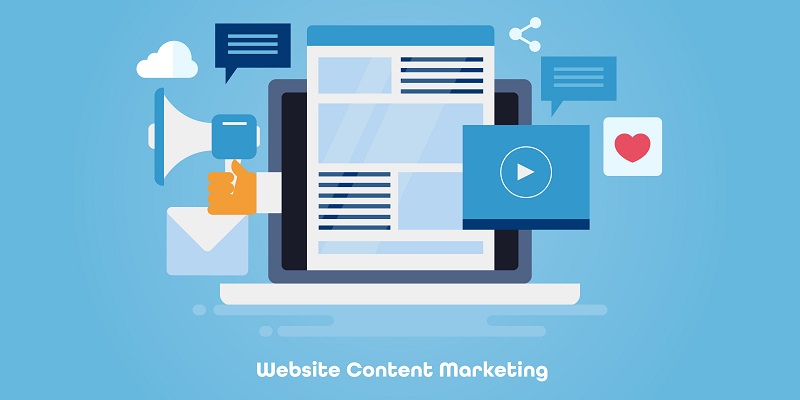In today’s digital age, creating high-quality content and using it to market your products or services through various online channels has become an effective way of attracting, nurturing, and retaining customers. Web content marketing, in particular, is one form of content marketing that, if executed well, can serve as a self-perpetuating asset that builds sustainable relationships with customers, attracting leads, and converting sales. In this article, we will discuss the key factors that contribute to a successful web content marketing strategy.
Building a Complete Content Flywheel
Building your content flywheel to attract potential customers, nurture interested audiences, and ultimately convert them into loyal customers takes time and effort. A long-term content marketing strategy spanning 2-3 years is needed to establish authority, trust, and brand recognition. The strategy should include a clear understanding of the target audience, the brand’s voice and values, and the goals that will guide content creation.
Key questions to consider while crafting a content marketing strategy
A good content marketing strategy is typically created based on a few key questions. These questions include:
– What is the target audience looking for?
– What sets your brand apart in the marketplace?
– What are the challenges that your business is facing, and how can content marketing help overcome them?
– What types of content resonate with the audience?
– What platforms should you use to distribute your content?
– How does your competition approach content marketing, and how can you differentiate yourself?
Once you have the answers to these questions, you can create a plan to address them, and engage your audience in a way that is relevant to them.
Setting Effective Goals Based on Business Challenges
Effective goals are crucial in guiding your future execution plans. Identifying the challenges your business is facing can help you create appropriate goals. For instance, are you looking to increase website traffic, generate leads, improve conversion rates, or increase customer retention? Once you identify the challenges, you can set goals that are specific, measurable, achievable, relevant, and time-bound to address them.
Evaluating the Impact of Content Strategy on Business
It’s important that your content strategy is directly tied to your business’s overall success, and the effectiveness of your content should be evaluated by its impact on your business. Some parameters to measure the effectiveness of your content marketing strategy include website traffic, social media engagement, lead generation, customer acquisition, and retention rates.
Knowing Your Reader: The Crucial Element of Content Marketing
Knowing your reader is crucial. You need to not only identify who they are, but also understand their needs and preferences, and create content that is relevant to them. This is where buyer personas come in. Create buyer personas that represent each type of customer you are trying to attract, and tailor your content to these personas.
Determining the Frequency and Velocity of Publishing
Remember, the frequency and velocity of publishing should be determined by the resources available to you. Never compromise quality for quantity. Instead, focus on creating content that provides high value to your audience and benefits your business. Consistency in publishing is important, so create a content calendar and stick to it.
Focusing on creating high-value content is crucial for individuals and businesses alike. It can help establish expertise, build credibility, and attract and retain an audience. By offering content that is informative, useful, and engaging, content creators can establish themselves as thought leaders within their industries and foster long-lasting relationships with their customers. Ultimately, investing in creating high-value content can be a key driver of business growth and success.
In conclusion, web content marketing is a powerful tool for attracting, nurturing, and retaining customers. Crafting an effective strategy that addresses your audience’s needs and aligns with your business goals is key to building a successful content flywheel. Knowing your readers, creating effective buyer personas, and delivering high-quality content consistently is crucial for success. Once you establish a well-crafted content strategy, measure its effectiveness and adjust your strategy accordingly. With time, you will build a self-perpetuating asset that yields sustainable relationships, attracts leads, and converts sales.

